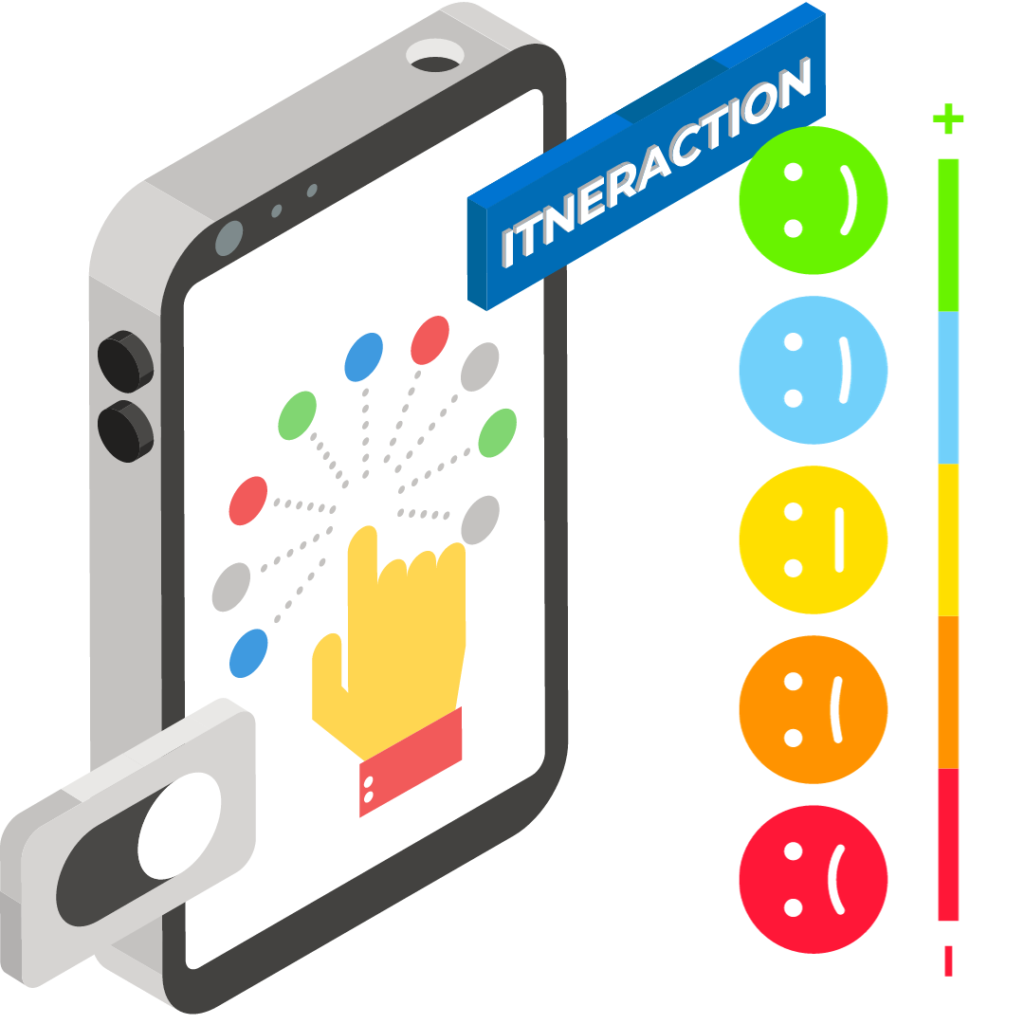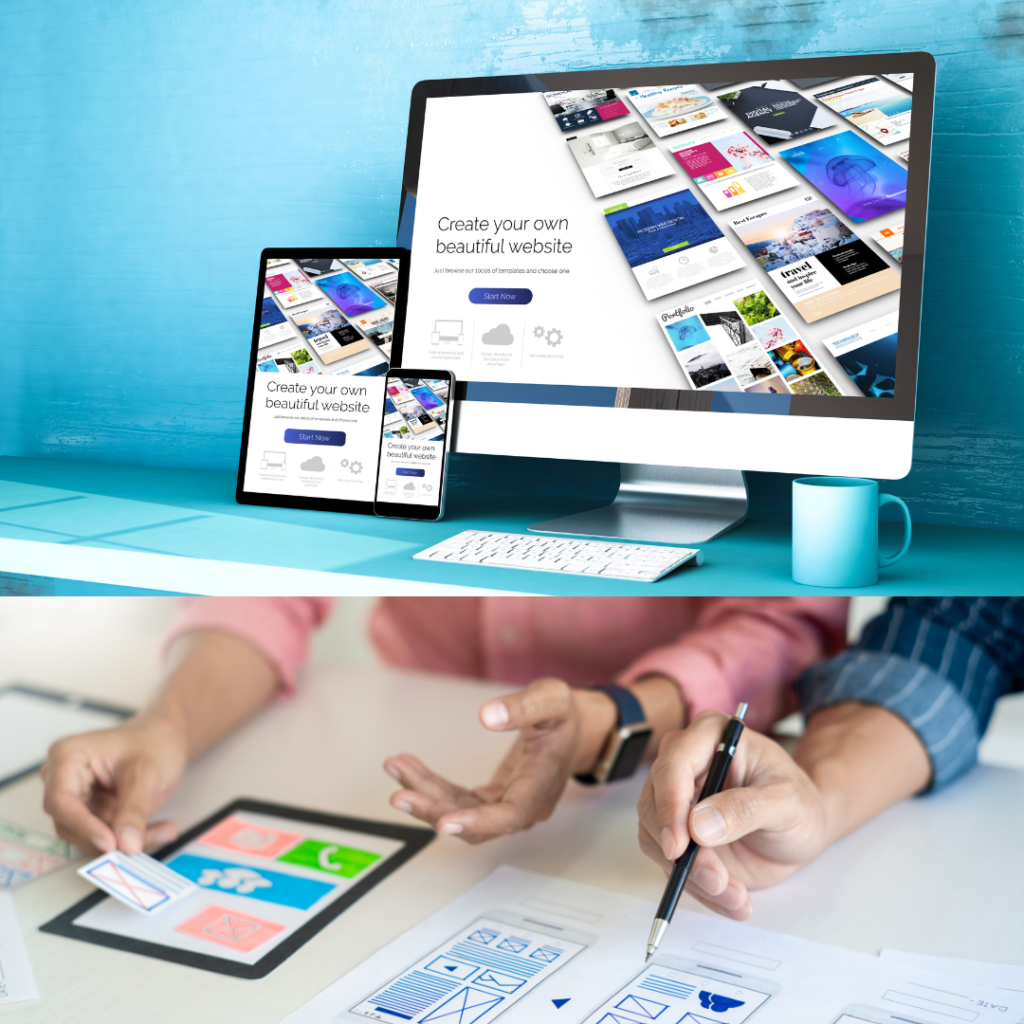In the ever-evolving digital landscape, user experience (UX) has emerged as a pivotal element in the success of web design. It goes beyond aesthetics, focusing on creating meaningful and seamless interactions between users and websites. This article explores the essence of user experience, its advantages, and how to effectively integrate it into web design for optimal results.
What is User Experience?
User experience encompasses every aspect of a user’s interaction with a website, including its design, usability, accessibility, and overall functionality. It’s about crafting an experience that not only meets but exceeds user expectations, ensuring satisfaction and engagement.
The Advantage of User Experience: Why it Matters
- Enhanced Customer Satisfaction:
A positive user experience leads to satisfied visitors. When users find a website easy to navigate and their needs are met efficiently, it fosters a sense of satisfaction, increasing the likelihood of return visits.
- Improved Accessibility:
An accessible website ensures that users of all abilities can navigate and interact with ease. Implementing UX principles enhances accessibility, making your content available to a broader audience.
- Increased Conversion Rates:
A seamless user experience contributes to higher conversion rates. When users can effortlessly find what they’re looking for, whether it’s information or products, it reduces friction in the conversion process.
- Brand Loyalty and Trust:
Positive interactions build trust and loyalty. Users are more likely to engage with and remain loyal to a brand that prioritizes their experience, fostering a long-term relationship.
- Competitive Edge:
In a crowded digital space, a superior user experience sets a website apart from the competition. Users are more likely to choose a site that provides a hassle-free and enjoyable experience.
The Power of User Experience in Web Design
- Intuitive Navigation:
A well-designed website anticipates user needs and provides intuitive navigation. Clear menus, logical page structures, and easily accessible information contribute to a smooth user journey.
- Responsive Design:
With the prevalence of various devices, responsive design is integral to a positive user experience. Ensuring that a website functions seamlessly across desktops, tablets, and mobile devices is crucial.
- Page Load Speed:
Users value speed. Slow-loading pages can lead to frustration and high bounce rates. Optimizing images, utilizing efficient coding practices, and leveraging content delivery networks contribute to faster load times.
- Engaging Visual Design:
Visual elements play a significant role in user engagement. A visually appealing design, complemented by strategic use of colors, fonts, and multimedia, captures and retains user attention.
- User-Centric Content:
Content should be crafted with the user in mind. It should be clear, concise, and relevant, guiding users through the information they seek without unnecessary complexity.
- Interactive Elements:
Incorporating interactive elements, such as forms, quizzes, or chatbots, enhances user engagement. Interactive features create a dynamic and personalized experience, keeping users actively involved.
How to Inculcate User Experience in a Website
- Conduct User Research:
Understand your target audience through user research. Analyze their behaviors, preferences, and pain points to inform the design process.
- Create User Personas:
Develop user personas representing different segments of your audience. This helps in tailoring the user experience to specific needs and expectations.
- Usability Testing:
Regularly conduct usability testing to identify areas for improvement. Observing real users interact with your website provides valuable insights.
- Responsive Design Implementation:
Prioritize responsive design to ensure a consistent and enjoyable experience across various devices. Test and optimize for different screen sizes.
- Optimize Page Load Speed:
Optimize your website’s performance by compressing images, utilizing browser caching, and minimizing unnecessary scripts to enhance page load speed.
- Accessible Design:
Implement accessibility features, such as alt text for images and keyboard navigation, to ensure that your website is inclusive and user-friendly for everyone.
- Clear Call-to-Actions:
Guide users through their journey with clear and strategically placed calls-to-action. Whether it’s making a purchase or filling out a form, CTAs should be compelling and easy to locate.
- Feedback Mechanism:
Include feedback mechanisms, such as surveys or contact forms, to gather insights directly from users. Use this feedback to make informed improvements.
- Continuous Iteration:
The digital landscape evolves, and user expectations change. Continuously iterate on your website based on user feedback, emerging trends, and evolving technologies.
- Collaborate Across Disciplines:
User experience is a collaborative effort. Foster communication and collaboration between designers, developers, content creators, and other stakeholders to ensure a holistic approach.
Conclusion: Elevating the Digital Experience
Incorporating user experience principles into web design is not just a best practice; it’s a fundamental aspect of creating a digital presence that resonates with users. By prioritizing intuitive navigation, responsive design, engaging visuals, and continuous improvement, businesses can harness the power of user experience to create websites that not only meet but exceed user expectations, fostering brand loyalty and success in the competitive digital landscape.



